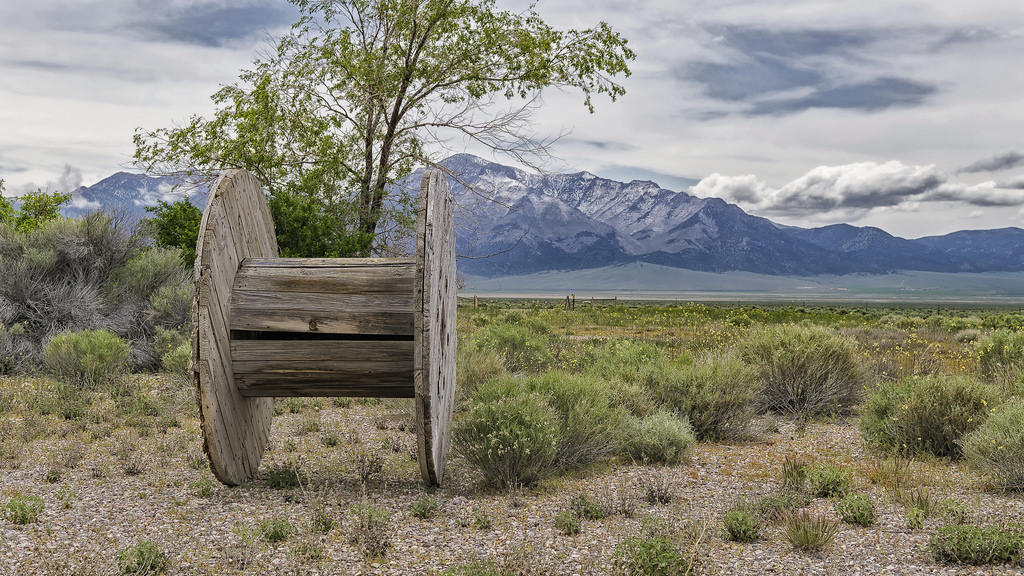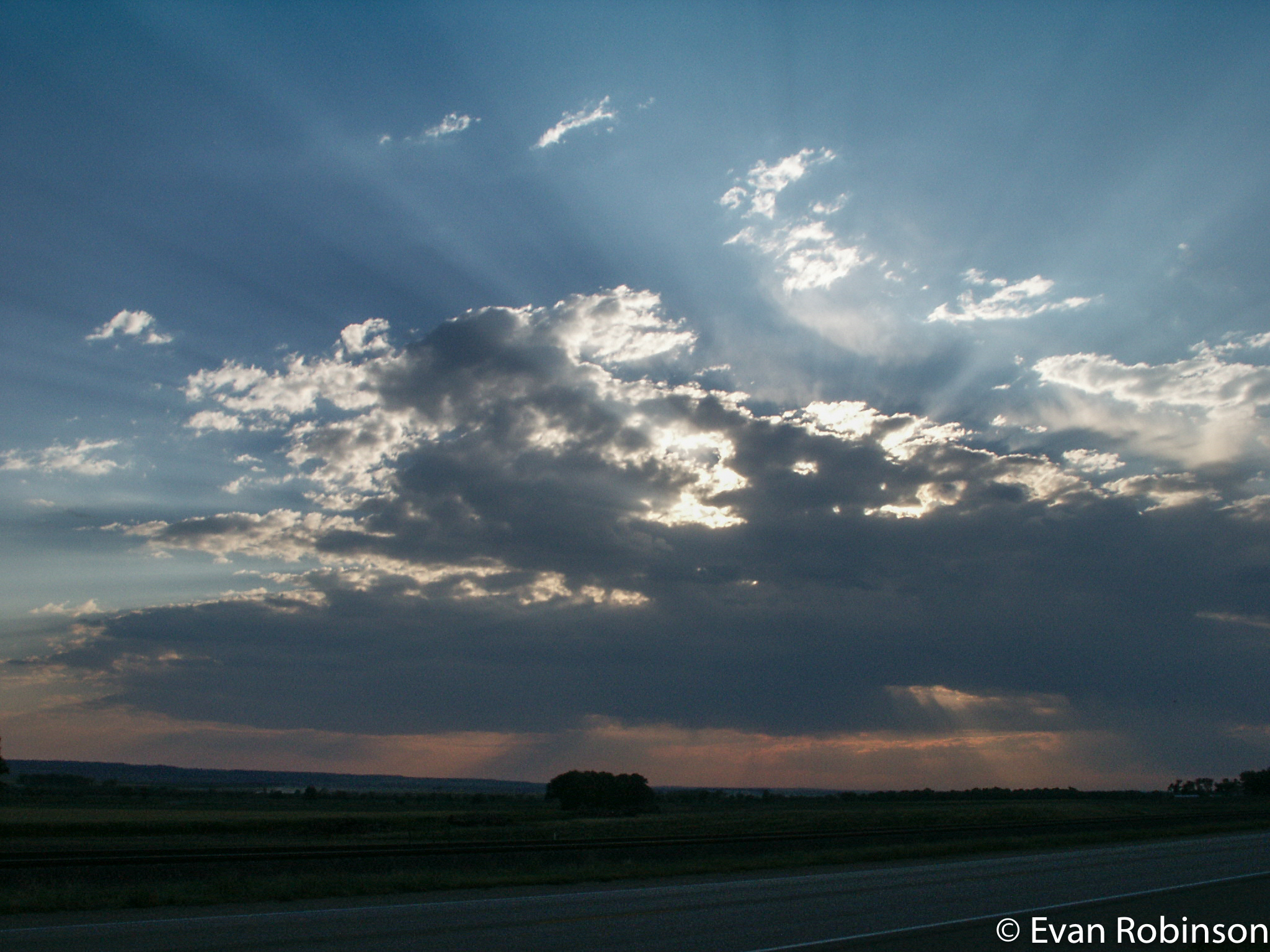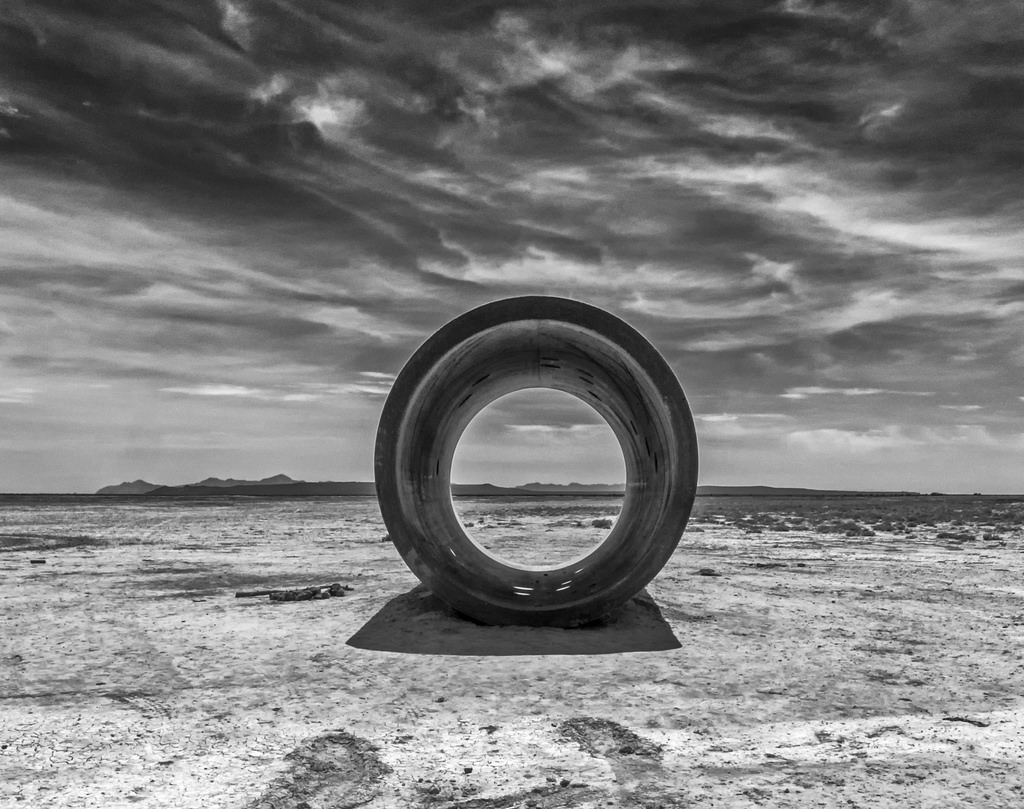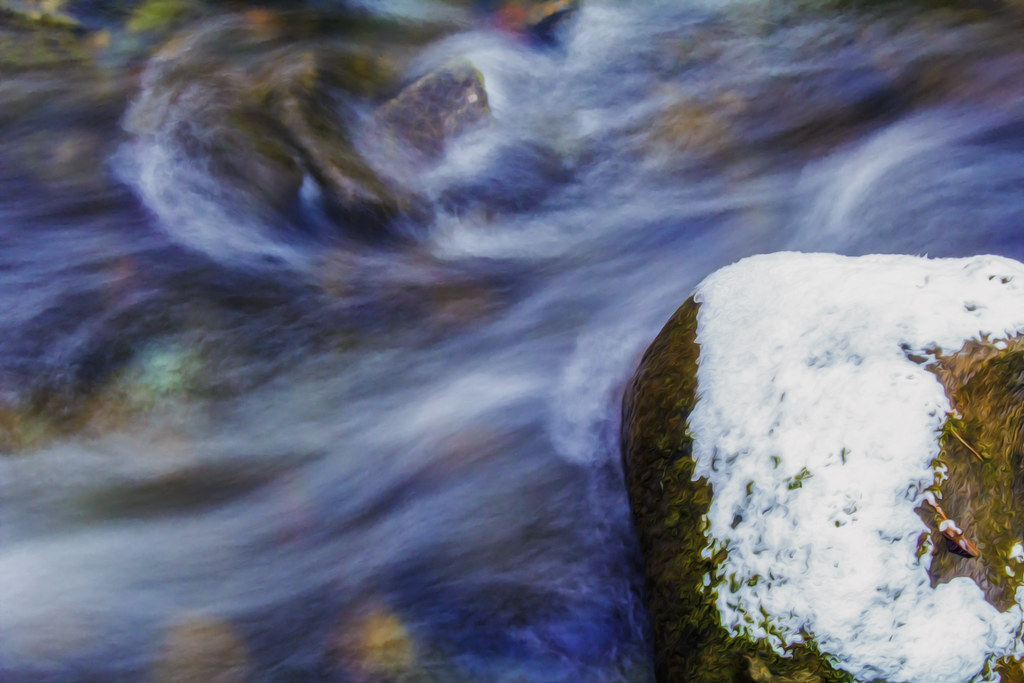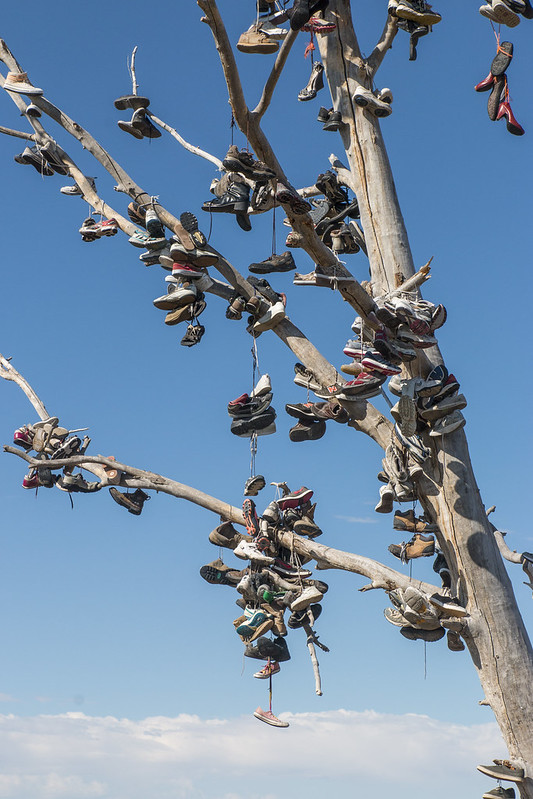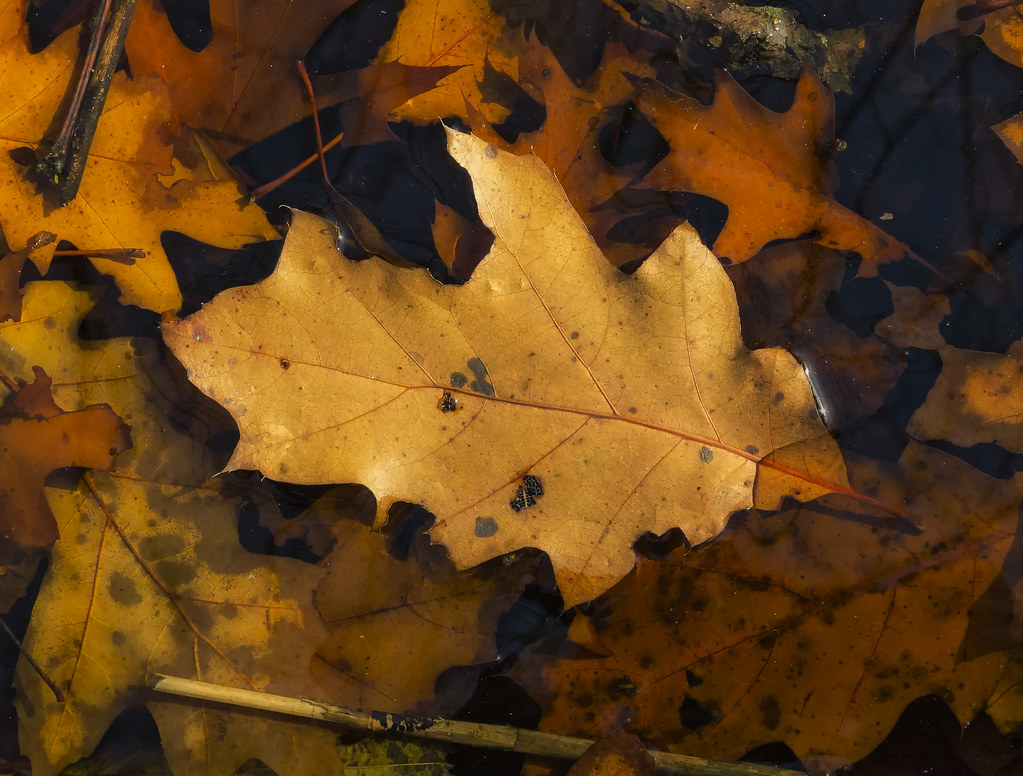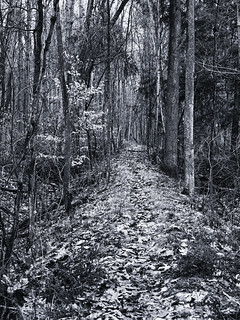 Saturday dawned gray, cold, and wet. A light mist eased through the forest at my university. But a day walking in the woods with a camera is a good day, no matter the weather, right?
Saturday dawned gray, cold, and wet. A light mist eased through the forest at my university. But a day walking in the woods with a camera is a good day, no matter the weather, right?
The university was on holiday break. Students had fled home to give thanks with family and friends. I did, too, but returned early.
The deeply overcast sky dictated a flat, low-contrast aspect to the trees and trails in the forest. I looked down. At least I can shoot leaves, now wet and trodden. I like to shoot leaves. A little Photoshop would add hue and color contrast to them, I thought.
But the gray and the cold and the mist cut into my coat and mind. I shivered. Bummer. A dark day growing darker. Melancholy arrived and tapped on my shoulder. I turned and shuffled back onto the main trail, intent on returning to my truck. My Canon hung unused from its strap around my neck. I hate the interregnum between seasons: no leaves on the trees, no snow on the ground.
Franciscans have walked through these woods for more than a century and a half. Franciscans like nature and apparently thrive in it. They have, over the life of the university, constructed stations of the cross on a circular trail in this forest — Bob’s Woods, named after Fr. Bob Stewart, who died of cancer shortly after my arrival at the university.
I am not a Franciscan. I am not as hopeful as they appear to be. Dank, dark weather like this day’s further eroded my ability to detect hope.
Then I saw …
Continue reading






